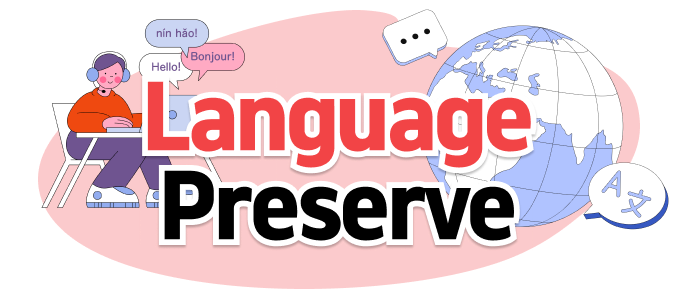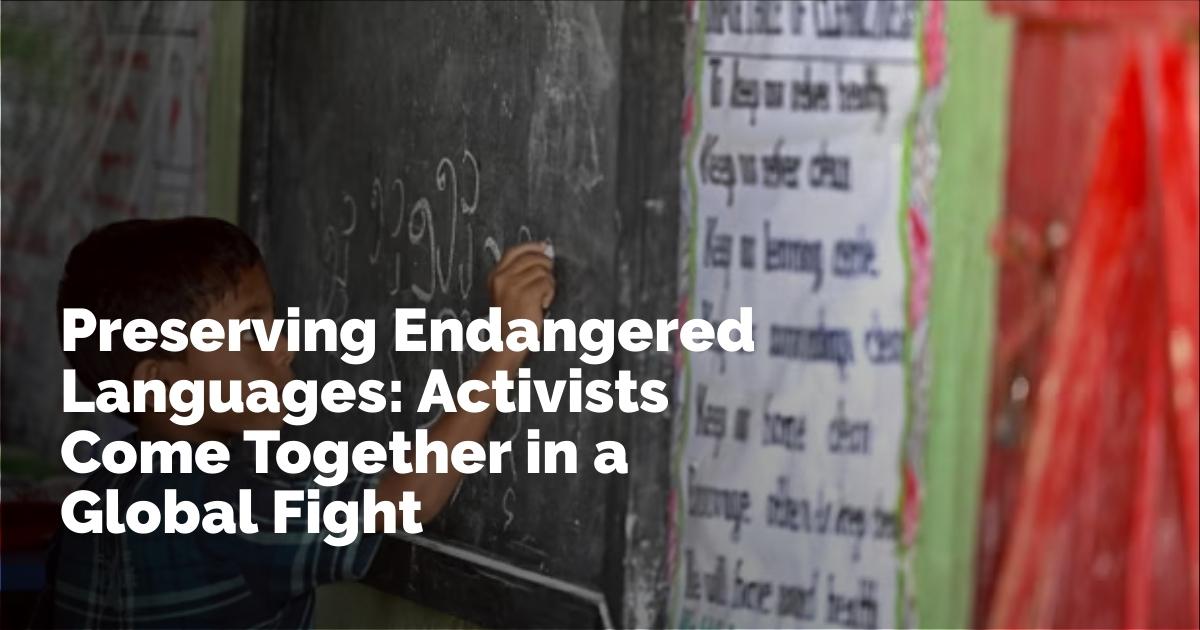The Alarming Decline of Global Languages
In recent years, a critical crisis has emerged as linguistic diversity across the globe faces unprecedented threats. With estimates suggesting that half of the world's 7,000 languages could disappear in the coming decades, activists are increasingly concerned about the cultural void these losses could create. According to a report by UNESCO, the disappearance of languages is accelerating, with one language dying every 40 days. This alarming rate of decline underscores the urgent need for concerted efforts to preserve linguistic heritage.
The Cultural and Historical Significance of Language Preservation
For many communities, the extinction of a language signifies much more than the loss of words; it represents the erasure of an entire culture and identity. In Nigeria, advocates like Tochi Precious are at the forefront of efforts to preserve the Igbo language, which is overshadowed by dominant national and international languages. For Precious and others in similar positions, language preservation is a vital part of maintaining cultural and historical links. The survival of a language ensures that the stories, traditions, and knowledge of its people continue to thrive.
Documenting Languages in the Face of Modernization
The challenge of preserving endangered languages is compounded by the allure of mainstream media, which often diverts younger generations from their mother tongues. In India, Amrit Sufi's work with the Angika language exemplifies this challenge. Despite having roughly 7 million speakers, the Angika language faces decline due to its limited use in formal and educational settings. Sufi's efforts to document Angika through videos aim to safeguard its rich oral traditions from being forgotten.
Wikitongues: Pioneering Grassroots Language Documentation
Organizations like Wikitongues are crucial allies in the battle to preserve endangered languages. By providing platforms and resources that allow communities to document and share their languages with a global audience, Wikitongues has significantly contributed to language preservation. The organization's efforts have supported the documentation of around 700 languages, which are shared through accessible platforms like Wikipedia. This grassroots approach empowers local activists and provides them with the tools necessary to ensure their languages are not lost to time.
Preserving the Rohingya Language: A Case Study
For the Rohingya people, the preservation of their oral language has become intricately tied to their identity and resilience. In refugee camps in Bangladesh, efforts to formalize the Rohingya language have resulted in the creation of educational materials using the newly developed Hanifi script. This initiative not only preserves the language but also provides educational opportunities for Rohingya children, fostering a sense of cultural continuity even in difficult circumstances.
Overcoming Societal Pressures and Challenges
Despite the enthusiasm and initiatives surrounding language preservation, there are significant hurdles to overcome. Societal pressures often lean towards the adoption of dominant languages such as English, which can diminish the presence of indigenous languages in everyday life. Many parents, hoping to secure better futures for their children, prioritize teaching them widely spoken languages at the expense of their native tongues. However, advocates like Tochi Precious remain hopeful. They believe that through increased awareness and community efforts, endangered languages can not only survive but thrive once more.
The Path Forward: Revitalizing Endangered Languages
Activists and communities around the world are mobilizing to combat the loss of linguistic diversity with innovative solutions and persistent advocacy. As seen in the efforts to preserve the Igbo, Angika, and Rohingya languages, the engagement of grassroots movements, combined with technological resources and increased global awareness, offers a glimmer of hope for the future. The survival of these languages depends on the willingness of communities to embrace their linguistic heritage and pass it down to future generations. By doing so, they not only maintain their cultural identities but enrich the global tapestry of human expression.
The road ahead is undoubtedly challenging, but the resolve of language preservationists suggests a determined and inspirational journey towards safeguarding the world's diverse linguistic heritages.
출처 : Original Source

